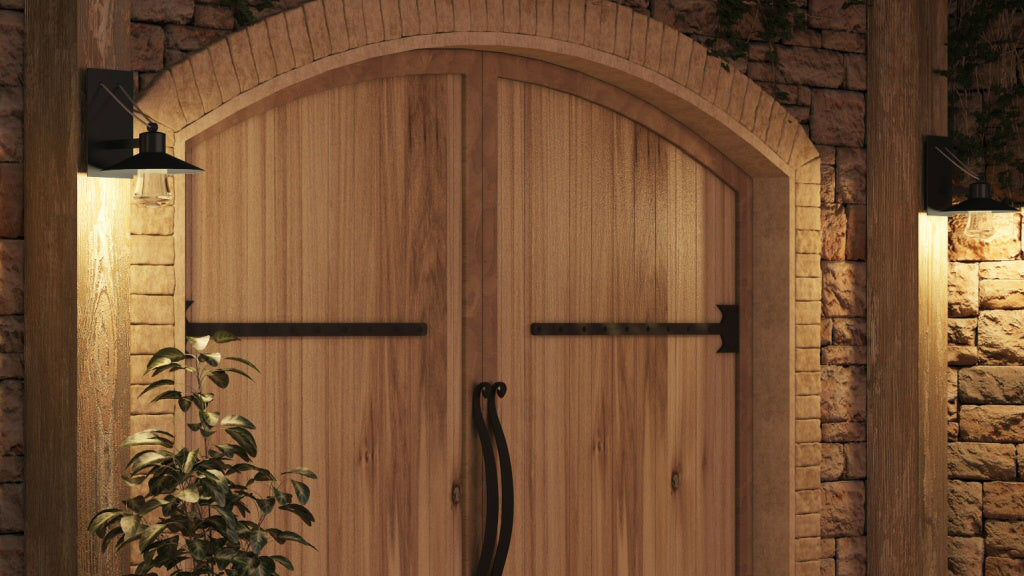
Barn Lights: Vintage Style Becomes a Modern Decor Staple
Search
Vintage Barn Lighting Trend
Distressed decor has been popular for years, so it's no surprise that vintage barn lights are one of the hottest trends in home decor right now. Many Barn lights feature a classic metal shade in a warehouse or industrial style. Barn wall lights normally feature a traditional goose-neck arm, which extends the light fixture outward so the light can shine back towards the barn. Whether exterior or interior barn lights exude a sense of connection to the past. They are understated and honest, taking you back to a simpler time. Because they revel in the art of re-purposing, they give a stunning showcase of ingenuity. In a world where almost everything has become virtual, these lights are blatantly real. Barn lighting can give you a look reminiscent of old barns and farm-life. If you want more character in your outdoor space, and home interior, barn lighting would be a great pick. Traditional barn lights look great at your front entry, at your retail storefront or even on your barn or garage.
Definition of Barn Lighting

While there is no official definition, "barn lighting" is generally referred to as a wide metal shade pointed downward, often with a long "goose-neck." The metal shade directs all the light downward and creates a dark void above the light. Often when shoppers say “barn lights” they are thinking of gooseneck barn lights because the long neck is so common. But Barn Lights are not always connected to a wall and when the same simple metal style is used for pendants, they are still termed "barn-lights." Barn lighting is often mixed with other simple-designed early century styles, like warehouse lighting, industrial lighting or marine lighting. The original RLM? A common lighting industry term you may hear is RLM, or reflector luminaire manufacturer. This is a fixture designed to project light downward, so barn lights might have been the original electric light RLMs. Lighting designers today specify RLMs to prevent "light pollution" so they can comply with Dark Sky ordinances.
Anatomy of a Barn Light Fixture
Gooseneck - most barn wall lights have a long stem resembling the neck of a goose. Most fixtures made today do not have flexible stems
Metal Shades - Cast 100% of the light downward, so barn lights acts as a large recessed light. Perfect for lighting a sign or entry way. Not always best for ambient light. Metal shades hide the bulb, so you can use energy saving CFL or LED bulbs without unsightly bare bulbs
Fashion Finishes - Original exterior barn light fixtures came mostly in 'John Deere' Porcelain Green, but today you can match your other hardware with great copper, bronze and pewter finishes
Dark Sky - If you're looking specifically for exterior lighting, know that most barn lights comply with Dark Sky regulations, limiting light pollution in rural areas.
Round Canopy - Because these types of lights are round, the canopy that attaches to the wall is also round. Be careful that your round canopy will fully cover your square junction box
Rustic Barn Light Fixtures: Top 10 Ways to Decorate
Designers love goose-neck barn lights not just for their classic retro look and versatility, but for the interesting light they project. The metal shade broadcasts all the light downward, creating dramatic contrasts. Here are 10 ways that designers are adapting this retro lighting trend to modern homes and buildings today:-
 Barns - Unsurprisingly, as the trend towards restoring old barns, party and reception halls gains popularity, hanging barn lights are the top choice for authentic, period-accurate lighting.
Barns - Unsurprisingly, as the trend towards restoring old barns, party and reception halls gains popularity, hanging barn lights are the top choice for authentic, period-accurate lighting. - Farm Style House - Restoring an older farmhouse or building a replica, barn lights lend a spirit of authenticity to your farm style home.
- Warehouse Loft - Since Warehouse lights share a similar style evolution, lots of loft apartments and studios decorate using industrial barn lights to enhance the retro vibe and create dramatic shadowing.
- Garage - If you want more than just a bare bulb, barn lights match the functional grit of a garage.
- Basement / Man Cave - Galvanized metal Barn fixtures fit well in any rugged motif.
- Retail Storefront - Even if the store does not have a retro theme, barn fixtures are great for highlighting retail signs and entryways. The downward light concentrates on your sign, making Gooseneck lights ideal for storefronts.
- Industrial Buildings - Just like retail buildings, signs can be well lit with an RLM. Today, LED barn lights are a popular choice for saving on electricity and reducing your building's carbon footprint.
- Outdoors - Because this style is so versatile, these lights match most exterior home finishes. Almost any home looks good with barn lights.
- BBQ Restaurants - Did you ever go to a Famous Daves or Dickeys that didn't have barn lights? They just create an authentically rugged charm.
- Summer Cabin - A gooseneck outdoor light adds a carefree summer feeling to a country cabin in any season.
History of Vintage Barn Lighting

When electricity became widely available in the 1920's, farmers could finally light up their barn doors so they could see at night. Other buildings of that era like warehouses, train stations, gas stations, and factories used these simple metal lights to illuminate their outside entrances. So whether the trend started on a barn or not, the public started calling them barn lights and the name stuck to this day.
The steel of early barn lights was covered with reflective white porcelain enamel on the inside and colorful porcelain enamel on the outside, often green in color. The polished porcelain enamel was used for its durability and resistance to bugs and dirt. The smooth, slick surfaces were very easy to clean. In fact, the lights were so durable they often outlasted the barn itself!
Barn lights spread in popularity through from 1920-1965. Vintage porcelain production is a messy, often producing dust and carbonate, nitrates, and fluoride vapors.[1] So in 1963, new tougher EPA Regulations greatly curtailed the steel and the Porcelain Enamel finishing process. So most authentic vintage fixtures stopped production and barns often transitioned to more modern floodlights.
Restoring Vintage Barn Lights
Yes, you can still find genuine reclaimed barn lights for sale. Just like the trend to restore warehouse lights and school-house lights, there is a small industry devoted to finding, salvaging and re-claiming retro barn light fixtures. Any light that was used outdoors for decades will need refinishing, so find a craftsman who can faithfully restore it to original condition.If you can't find (or afford!) an original, don't fret because lots of manufacturers today are making modern versions of the classic lights. Today's Barn fixtures are made from a durable, weather-resistant aluminum or steel. You might even find some high-end fixtures made from porcelain enamel for a classic retro look.>
7 Tips for Choosing the Right Barn-Look lights
-
Know what area you want to light - Do you need to light a sign, flood an entryway, or just give ambient light? Your gooseneck and bulb options will change depending on your answer.

- Include other light layers - This style of lighting provides good task and accent light, but since all the light shines downward, they really don't provide great overall "ambient" light. They really are like oversized recessed lights. If you mount them high enough, this lack of ambient light is not a problem since you don't need much light above the fixture. But for indoor use, think of what other light layers you have or need to add to avoid shadows and dark ceilings.
- Measure your available space - Because of their long "goose-necks", barn fixtures extend out and up further than standard light fixtures.
- Measure the Canopy - Most Barn light canopies are round, so if you junction box is square, you may have a problem. Measure your junction box. If the canopy diameter is larger than the largest edge, you will be ok. If not, you will have a gap. Sometimes we can get a larger canopy, so be sure to ask prior to ordering.
- Best Bulb? - Incandescent, CFL, or LED? All have their advantages. Read our Light Bulb Comparison Guide for a full analysis of your choices.
- Finish? - History, this type of lighting was only available in John Deere green, but today you have a wide variety of colors and metal finishes. You can decide if you want to blend with your other colors or contrast. Both can work well. Talk to your designer or send us an image if you would like an expert opinion. Many finishes and styles are available, so you can find a unique and modern masterpiece that will seamlessly fit right into your home.
- Dark Sky? - Due to the shape of typical barn lighting fixtures, this style is naturally Dark Sky compliant because the light is shaded and it shines downward. If you need to be 100% dark-sky compliant, then be sure your fixture says so.
The bark-look lighting styles available on the market today are stunning, stylish lights that can complement both the interior and exterior of a building, from porches, patios, and entryways to kitchen accent lighting and more. It can also be used as a decoration for porches, patios, and entryways. They also come in a variety of sizes, shapes, and styles to cater to the design preferences of every homeowner.
While barn lighting is distinct with its gooseneck arm extensions, many models today have focused on an antique look, glass globes and wire guards for a more industrial look. These lights can easily be mounted on a wall, on signs, and on other areas. Many of the barn lights today are secured inside box or wall backplate with mounting holes to make the installation far easier. And because they are mostly used outdoors, they are mostly coated with durable finishes to provide protection against moisture and heat.
This style can give any home a distinct look that is reminiscent of old barns and farms - even in the most urban of settings. For homeowners who are looking to bring in more character to their backyard fences, outdoor decks, and home interiors, barn lighting would be a great pick. With the array of styles that they are available today, everyone should find a unique and modern masterpiece that will seamlessly fit right into their home.
[1] Air Pollution Abatement in the Ceramic Industry, Michael Bozsin, Journal of Air Pollution Control Association, June 1966 p. 333
Explore Topics
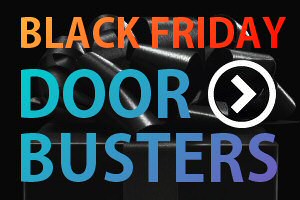
Table of Contents
Barn Lights: Vintage Style Becomes a Modern Decor StapleVintage Barn Lighting TrendDefinition of Barn LightingAnatomy of a Barn Light FixtureRustic Barn Light Fixtures: Top 10 Ways to DecorateHistory of Restoring Vintage Barn Lights7 Tips for Choosing the Right Barn-Look lightsCommentsShopping Ideas
Trending
























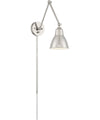


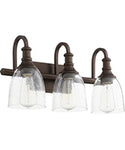
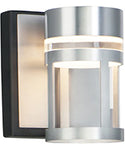
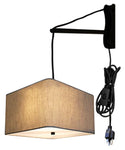
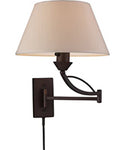
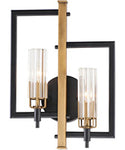


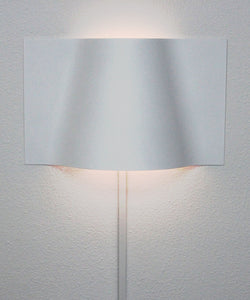




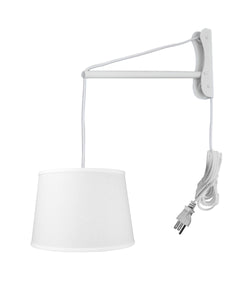


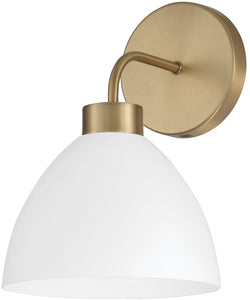


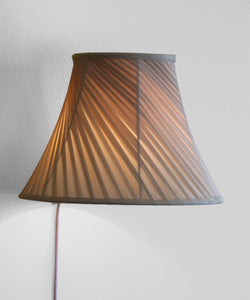
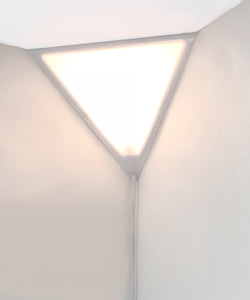





Comments